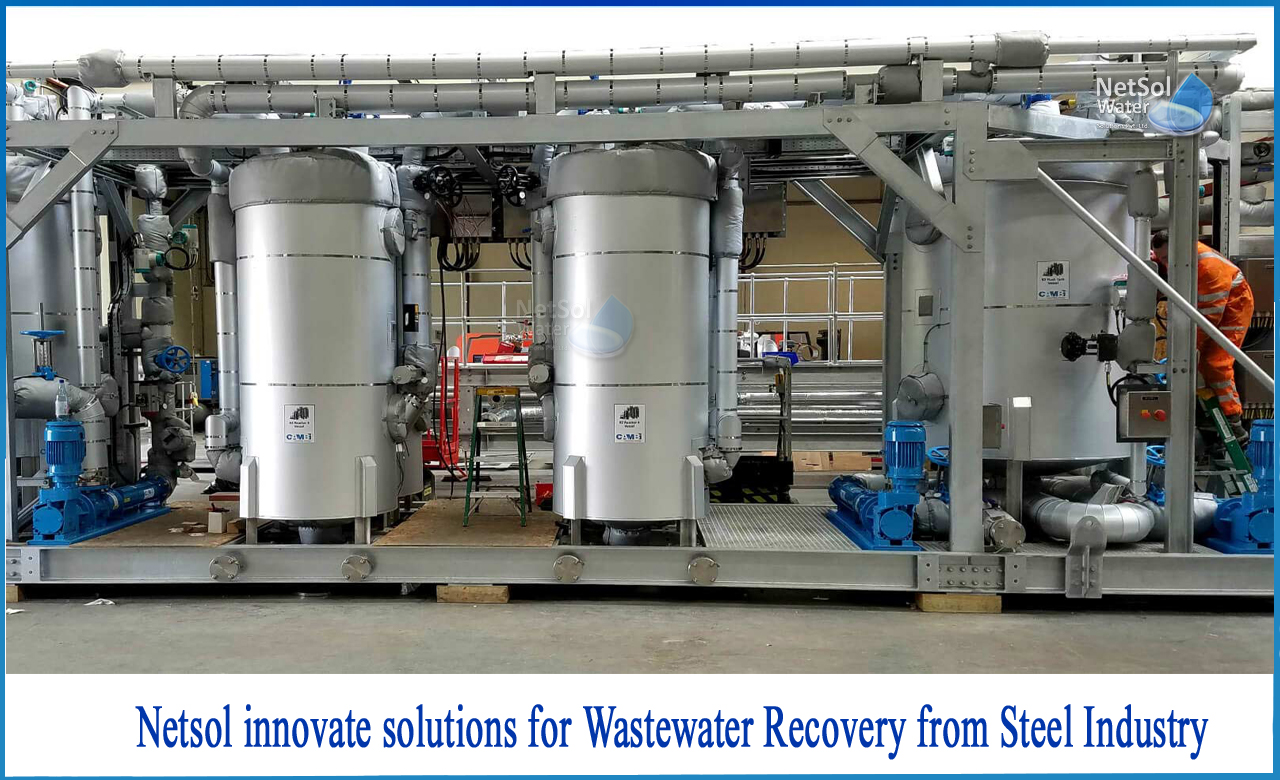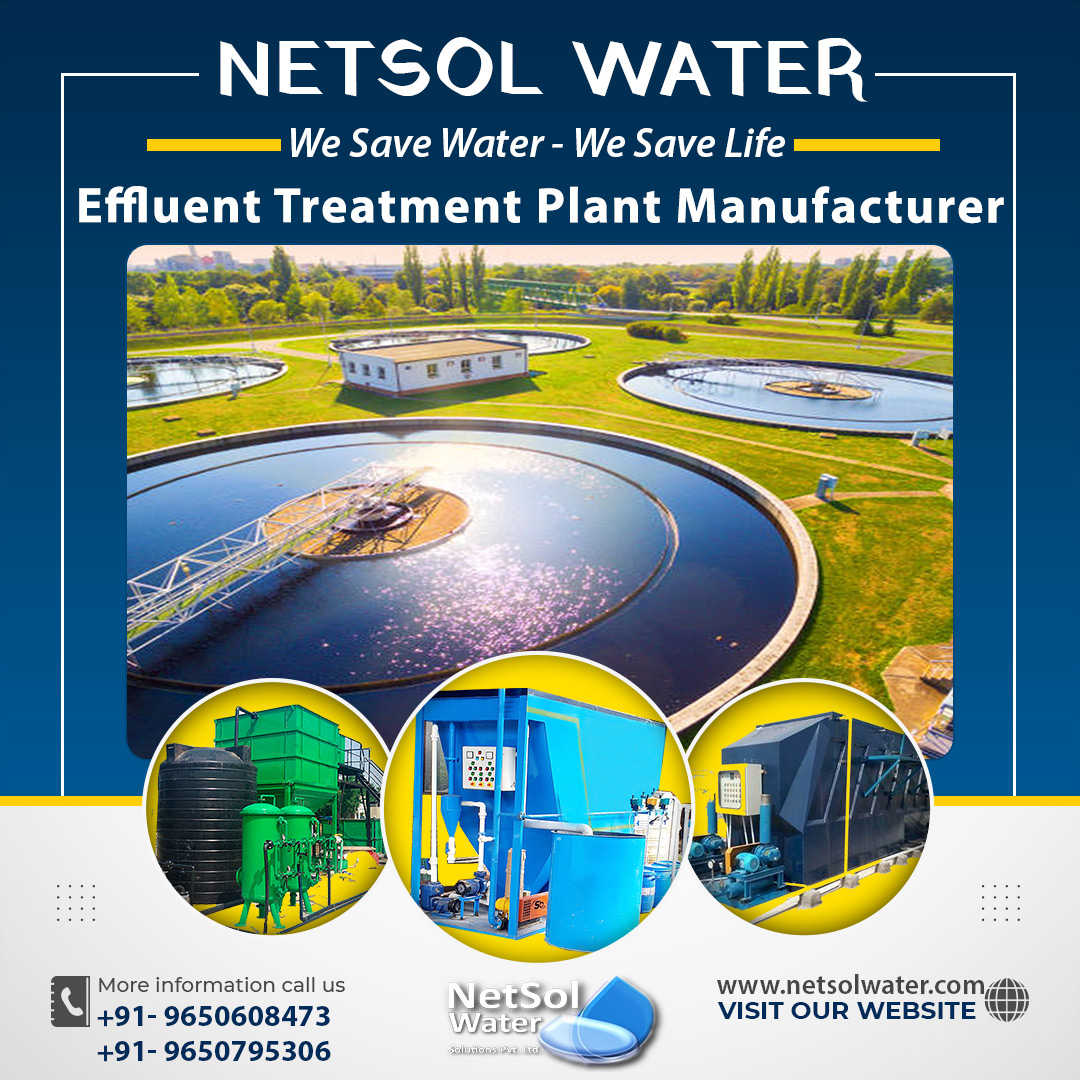Water usage in Steel Industries
The steel industry consumes a lot of water. Water is used in a variety of ways by facilities to support production. Water is utilized not only for cooling, but also for a variety of other purposes. Descaling and dust cleansing are examples of other techniques. Despite this, just a little amount is consumed because the majority of water is reused or returned to its source.
In the steelmaking process, all forms of water are utilized. Fresh water is mostly utilized for processing as well as direct and indirect cooling, whereas seawater is primarily used for cooling. Hazardous substances such as benzene toluene xylene (BTX) and polycyclic aromatic hydrocarbons (PAH), cyanide, ammonia, thiocyanate, phenols, and cresols can be found in typical steel industry waste streams. Treatment of these substances is difficult.
Because fresh water availability and quality are major concerns, water resource management is a significant hurdle to overcome in order to increase the production cycle's sustainability.
In this article, we'll look at how and why Netsol’s innovative solutions in the steel manufacturing industry are "cutting and recovering water," as well as some considerations for facilities wishing to design a successful water recovery optimization plan.
Which Company innovates solutions for Wastewater Recovery?
Considering water as one of the most important and fundamental resources in most production cycles, reducing freshwater input and emission is an important part of resource efficiency policy of our organization.
1: In the steel industry, water recovery entails cooling and desalinating water to manage salt content in circulation systems, as well as reducing fresh water consumption and outflow while enhancing steel quality and equipment service life.
Membrane separation, chemical treatments, reverse osmosis, and ultrafiltration can all be used together to achieve a high level of contaminant removal and deliver reusable effluents that are easier on equipment, more environmentally friendly, and more cost-effective than dumping untreated water into the environment.
2: Steel and water may both be reused and recycled. Steelworks, on the other hand, are devoted to minimizing water use and consumption or improving cleaning technology, as increased water recycling after cleaning and cooling might degrade water quality.
3: Steel plants must assess how much energy will be required to treat water for reuse, recycling, and/or disposal when establishing a water management plan. The energy consumption, expenditures, and environmental implications of running a water treatment train will, in certain situations, offset the benefits of reduced water demand. To maximize the success of a water management scheme, it is necessary to balance total impacts.As a result, water reuse is critical for steel factories since it allows them to possibly recover up to 90% of the water they use.
Netsol Water Water management solutions assist steel factories in recovering, reusing, and/or recycling water, which can result in significant cost savings by reducing the facility's demand for source water and effluent volumes.
We also collaborate with a wide range of international organizations to tackle complicated water and wastewater problems by strategically integrating modern treatment technology with practical solutions.
Think of us when it comes to wastewater management for your industry, adapted to your specific needs! We use a cost-effective method to reuse and recycle water, as well as deal with us for wastewater treatment equipment’s and develop your business while complying with Environmental standards.




